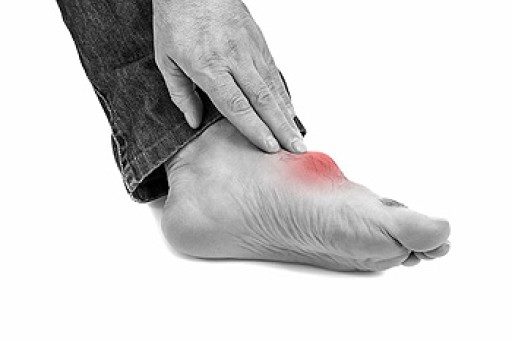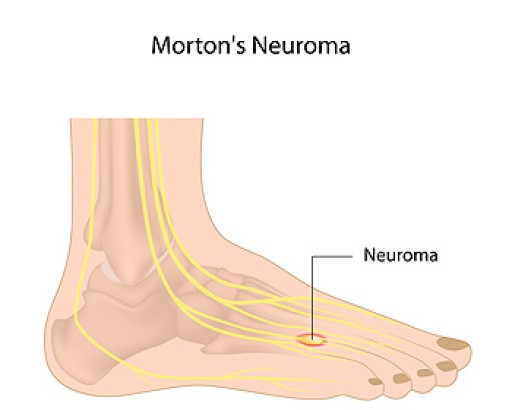 Sever's disease is a common ailment experienced by active kids and teenagers, particularly between the ages of 7 and 14. Sever’s disease causes pain when there is stress and inflammation where the Achilles tendon inserts into a growth plate of the heel bone. Because running and jumping causes an increase in stress to the heel bone and growth plate, children and teens who participate in soccer, gymnastics, basketball, tennis, baseball, and football are at a higher risk. If your child is complaining of pain in one or both heels that worsens with running or jumping, they may have Sever’s disease. It is highly recommended to schedule an appointment with a podiatrist. A podiatrist will be able to evaluate the heel bones and take X-rays during the physical examination. If your podiatrist finds your child does have Sever’s disease, they will be able to help treat this condition and manage the pain as well.
Sever's disease is a common ailment experienced by active kids and teenagers, particularly between the ages of 7 and 14. Sever’s disease causes pain when there is stress and inflammation where the Achilles tendon inserts into a growth plate of the heel bone. Because running and jumping causes an increase in stress to the heel bone and growth plate, children and teens who participate in soccer, gymnastics, basketball, tennis, baseball, and football are at a higher risk. If your child is complaining of pain in one or both heels that worsens with running or jumping, they may have Sever’s disease. It is highly recommended to schedule an appointment with a podiatrist. A podiatrist will be able to evaluate the heel bones and take X-rays during the physical examination. If your podiatrist finds your child does have Sever’s disease, they will be able to help treat this condition and manage the pain as well.
Sever's disease often occurs in children and teens. If your child is experiencing foot or ankle pain, see Frank Henry, DPM from Marble Falls, TX. Our doctor can treat your child’s foot and ankle needs.
Sever’s Disease
Sever’s disease is also known as calcaneal apophysitis, which is a medical condition that causes heel pain I none or both feet. The disease is known to affect children between the ages of 8 and 14.
Sever’s disease occurs when part of the child’s heel known as the growth plate (calcaneal epiphysis) is attached to the Achilles tendon. This area can suffer injury when the muscles and tendons of the growing foot do not keep pace with bone growth. Therefore, the constant pain which one experiences at the back of the heel will make the child unable to put any weight on the heel. The child is then forced to walk on their toes.
Symptoms
Acute pain – Pain associated with Sever’s disease is usually felt in the heel when the child engages in physical activity such as walking, jumping and or running.
Highly active – Children who are very active are among the most susceptible in experiencing Sever’s disease, because of the stress and tension placed on their feet.
If you have any questions, please feel free to contact our office located in Marble Falls, TX . We offer the newest diagnostic and treatment technologies for all your foot and ankle injuries.












